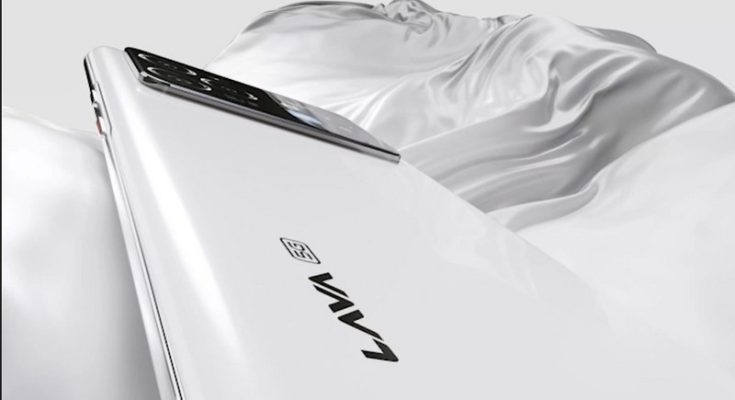#Lava, #Agni3, #Smartphone
IBNS-CMEDIA: Lava International expects to capture a 10 percent market share in the Rs 20,000-25,000 smartphone segment with the launch of its rear display handset, Agni 3, media reported.
Since relaunching its smartphone business, the Agni series has seen significant growth, according to Executive Director Sunil Raina, PTI reported..
Agni 3 leverages the MediaTek Dimensity 7300X chipset to introduce a 1.74-inch rear display, enabling users to take selfies using the rear camera, attend calls, receive notifications, control music, track steps, and record voice, among other functions.
This technology is typically found in premium flip phones, but Agni 3 is the first bar phone to feature it.
“Through Agni 3, we are targeting young tech enthusiasts interested in gaming and social media. We aim to capture 10 percent of the online market in the Rs 20,000-25,000 segment,” Raina was quoted as saying by PTI.
Priced between Rs 19,999 and Rs 22,999, Agni 3 is powered by the MediaTek Dimensity 7300X octa-core processor, which supports dual-screen functionality, similar to the premium Motorola Razr 50.
The rear display also enhances energy efficiency, prolonging battery life.
“Rear display will help save a lot of energy, giving longer battery life. We’re differentiating our phones by creating a unique experience, and rear display is part of that effort. Like our other phones, Agni 3 is also made in India,” Raina added, the report said.
As the only Indian mobile phone brand to withstand competition from foreign players, Lava has seen its Agni series grow significantly.
Agni 2 recorded a 650 percent growth over Agni 1, and the company expects Agni 3 to grow by over 200-300 percent compared to Agni 2.
Agni 3 will be available exclusively on Amazon from October 9. Lava has announced an investment of around Rs 500 crore and aims to capture 10 percent of the sub-Rs 30,000 price segment by 2025-26.





